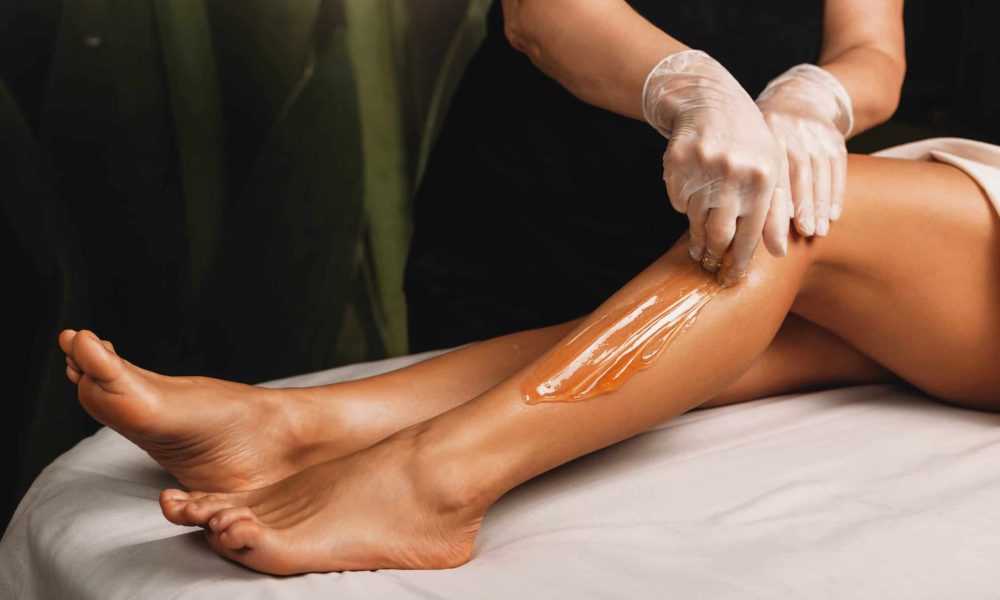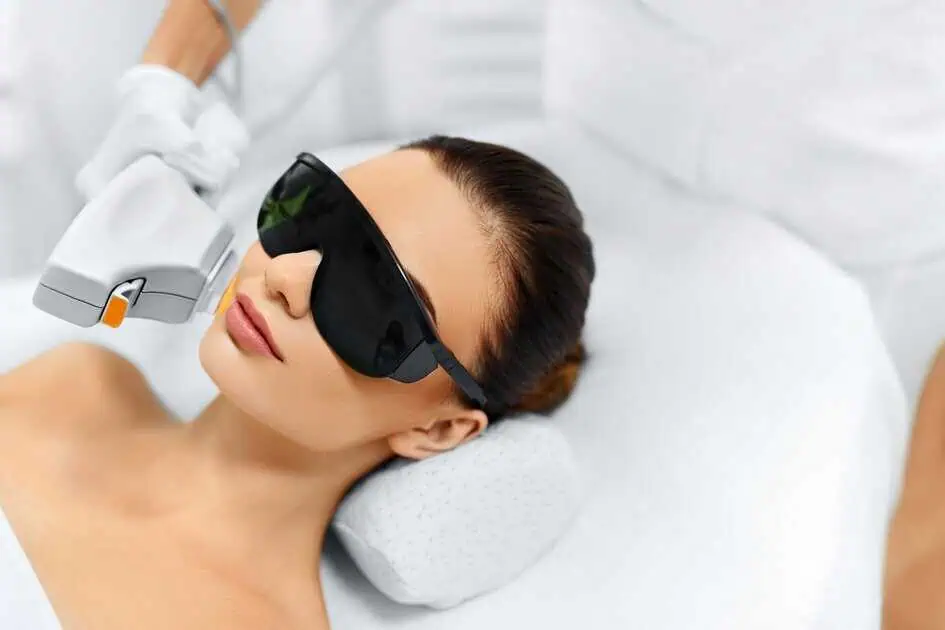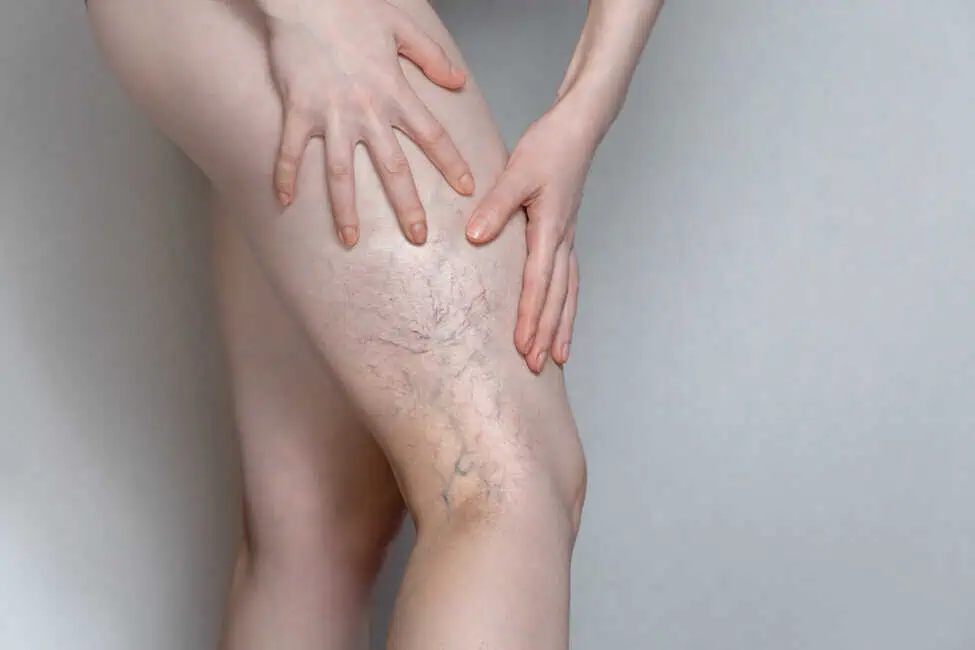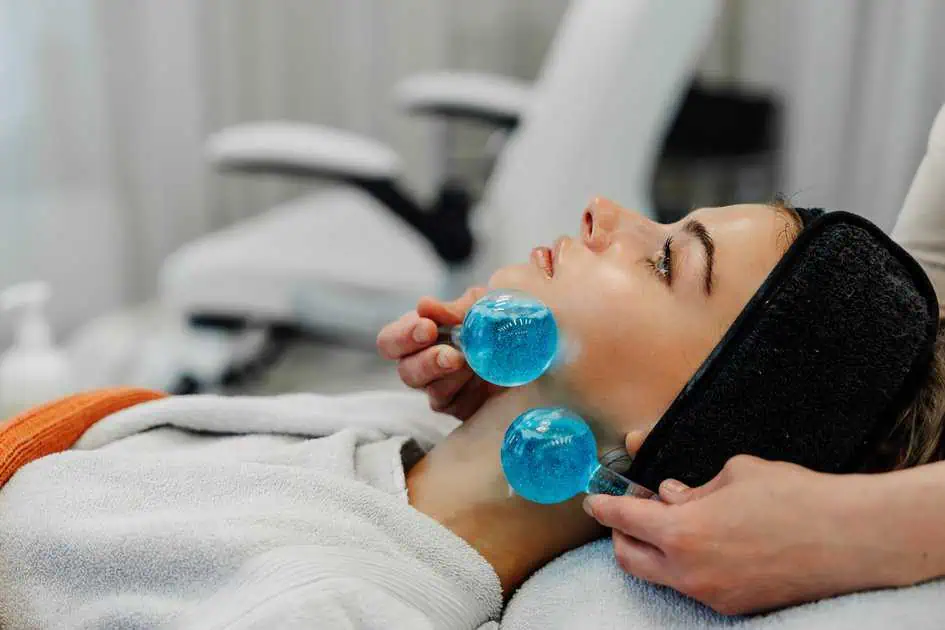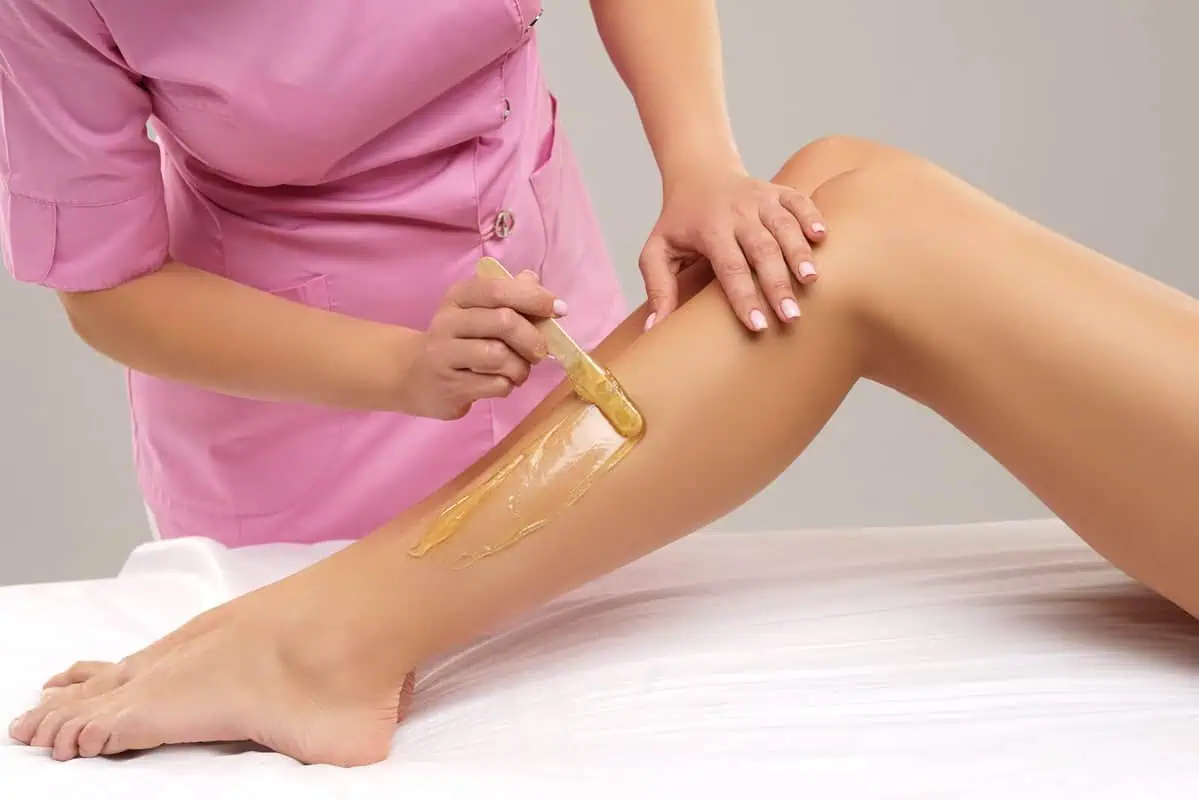Table of Contents
Sugaring is a form of epilation that can also be referred to as sugar waxing. This is a method of removing unwanted hair that involves pulling the hair root out. The method is thought to have originated in the Middle East and calls for the use of solely natural components.
The components of sugar wax are sugar, lemon, and water. In a manner comparable to that of applying cosmetic hair wax, these components are first heated, then combined, and then applied to the skin. After that, a practitioner will apply a cotton strip over the top of the area and then pull strongly in order to eliminate the hair.
Sugar wax is a fantastic alternative for people who are sensitive to the cosmetic hair wax that is typically used. Waxing achieves effects that are comparable to those achieved by this method, but unlike artificial waxes, sugar wax is completely biodegradable. In addition, sugar wax can be applied to any part of the body, while cosmetic wax can only be used in certain places on the body.
In this article, we discuss what sugar waxing is, if it is superior to waxing, how it works, and the safety concerns associated with it. In addition, we walk you through the process of making sugar wax at home, as well as a few more natural techniques for hair removal.
Despite popular belief, sugar wax does not actually have any wax in its composition. Water, sugar, and lemon juice are the three components that make up this alternative. This mixture can be applied to the skin in a manner comparable to that of the hair wax that is sold by various companies for the purpose of removing hair.
Is sugar wax more effective than traditional waxing?
The processes of waxing and sugaring are relatively similar. Both the manner in which the application is performed and the results are fairly comparable. Nevertheless, there are a few important distinctions to be made:
- Components: the use of synthetic wax is required for the majority of waxing kits and products. It’s possible that certain individuals are hypersensitive to certain components of these waxes, such as the colors or smells. Sugar wax is an alternative that can be beneficial for these folks because it is made with sugar and water as the only other two main ingredients.
- Temperature: The temperature of the combination must be high in order to successfully use synthetic waxes. On the other hand, sugar wax functions optimally when it is allowed to reach room temperature. Because of this, there is a reduced risk that a person may burn themself, making this not only handier but also safer.
- Application: Because of the high temperature and the intensity of the ingredients, people can only use wax designed for cosmetic hair removal on certain parts of their bodies without risking injury. A person can apply sugar wax that has been warmed to room temperature to any portion of their body where hair generally develops, in contrast.
- Impact of the Environment. Sugar wax has a negative impact on the environment because it is made of biodegradable materials, which means that it may easily be broken down once it has been discarded. Synthetic waxes, on the other hand, are not capable of biodegradation and are, therefore, more damaging to the environment.
- Expense. People are able to produce their own sugar wax at home with substances that are not expensive and are readily available. Waxing, which often requires purchasing prepared cosmetic waxing kits or going to a salon, can be a more expensive and difficult option than sugaring, which can make the latter an easier and cheaper alternative.
Possible Dangers Associated with Sugar Waxing
Having said all of that, we can’t act like everything is peachy and perfect every time. Sugaring the body is associated with the development of ingrown hairs more frequently than any other kind of hair removal, which is to be expected given the nature of the process. Even so, the risk is significantly reduced in comparison to that of shaving or waxing, and it is possible to reduce it even further by properly moisturizing and exfoliating the skin in between treatments.
One more insider secret? Following a sugar treatment, your skin will probably be more reactive to hot temperatures and bright sunshine than it was before. A trip to the beach immediately after leaving the salon is definitely not the greatest idea. Instead, give yourself a few days to get your equilibrium back before exposing as much skin as possible.
Other Repercussions Associated with Body Sugaring
It is highly improbable, but it is possible that other unfavorable effects, such as the following, have been reported by certain clients:
- The production of histamine
- spots of redness and/or swelling
It is quite rare that your sugaring treatment will cause perifollicular edema, which is an inflammation of the hair follicles that manifests as red, itchy bumps.
However, even in the odd event that it does, the consequences of the inflammation typically dissipate within a couple of hours. You can assist in the prevention of these by staying away from direct sources of heat and engaging in appropriate aftercare following your session.
Creating sugar wax
A person needs sugar, water, and lemon juice to produce sugar wax at home. A 2:1 sugar-to-water ratio is recommended. The precise measurements will change based on how much wax is required.
As an illustration, if someone uses 1 cup of sugar, they should also add 1/4 cup of water and 1/4 cup of lemon juice.
Making the wax:
- The ingredients should be combined in a bowl.
- Place the pot on the burner after pouring the ingredients into it.
- The mixture is heated gradually until it reaches a medium-high temperature. Don’t allow it to boil.
- To determine the temperature of the combination, use a food thermometer. Take it off the heat when it gets 230-260°F (110-126°C). The exact temperature will depend on the thickness a person chooses to work with because the mixture will grow harder as it gets warmer.
- To allow the solution to cool, pour it into a glass jar. Before applying it to your skin, ensure it’s at room temperature.
At TRUTH Med Spa, they add CBD to the sugar, resulting in reduced discomfort and inconvenience. Call Truth Med Spa at 720-653-1131 right away to make an appointment, or do so online. Try sugar waxing today; you don’t have anything to lose but hair!

